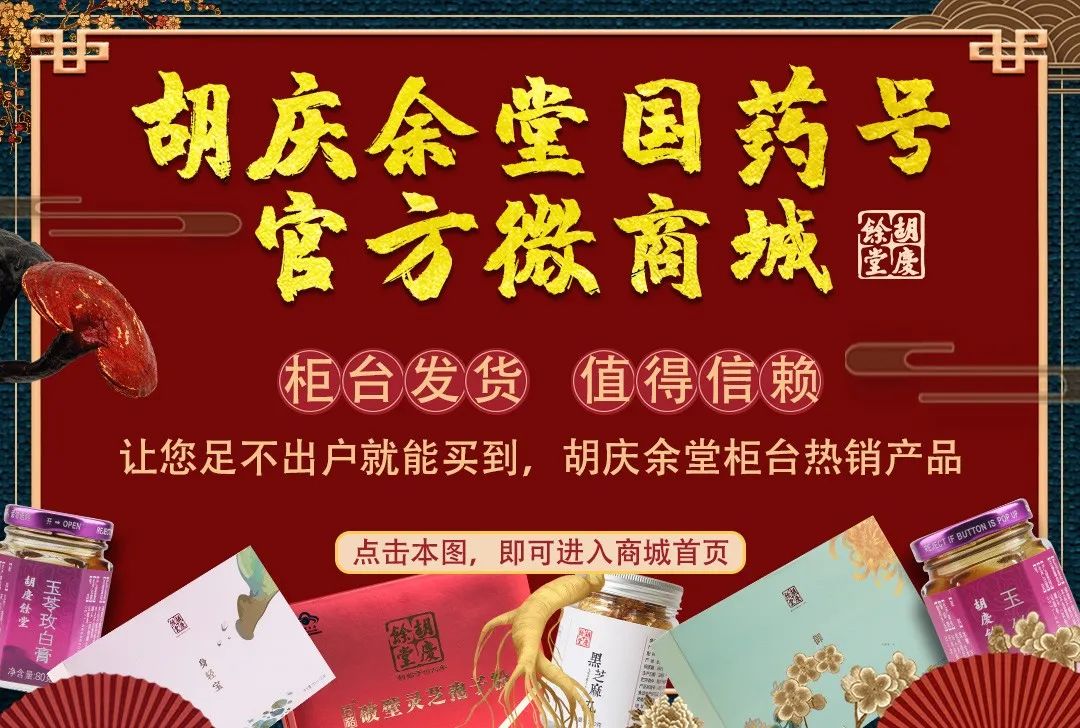
Traditional Chinese Medicine (TCM) has a long history and profound medical theories. Some people do not understand TCM, but when it comes to fever, one must observe, listen, inquire, and feel the pulse, following the four examinations and eight principles. Nowadays, however, a small thermometer can resolve this in just a few minutes. But let me remind everyone, that little glass tube is not omnipotent in TCM. What is the evidence for this?
First, we must discuss the “Cold Syndrome”
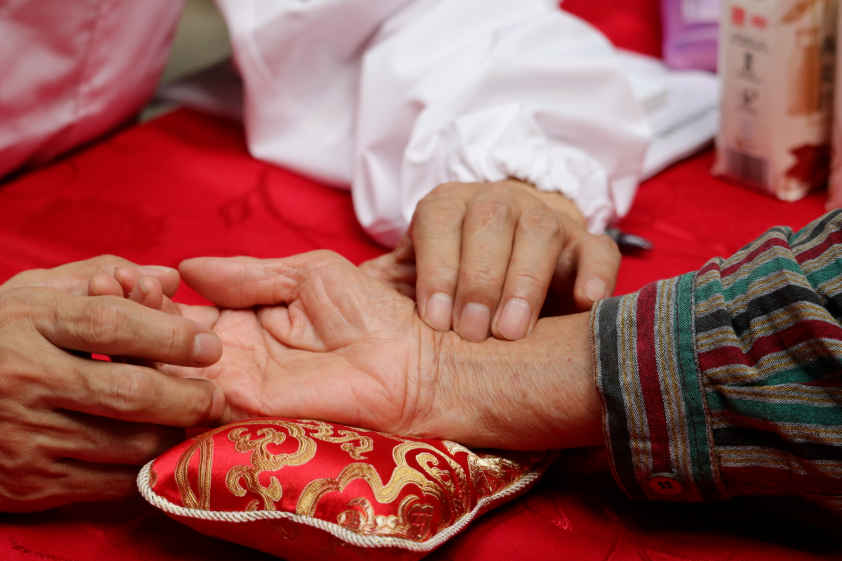
Photo by Jiang Linfeng
The Cold Syndrome is a specialty of TCM, corresponding to the Heat Syndrome. TCM has a series of Cold Syndromes, but the thermometer has no way to measure this, as the body temperature of Cold Syndrome patients does not decrease, rendering that glass tube ineffective.
Even for those with elevated body temperature
The thermometer may not always be useful
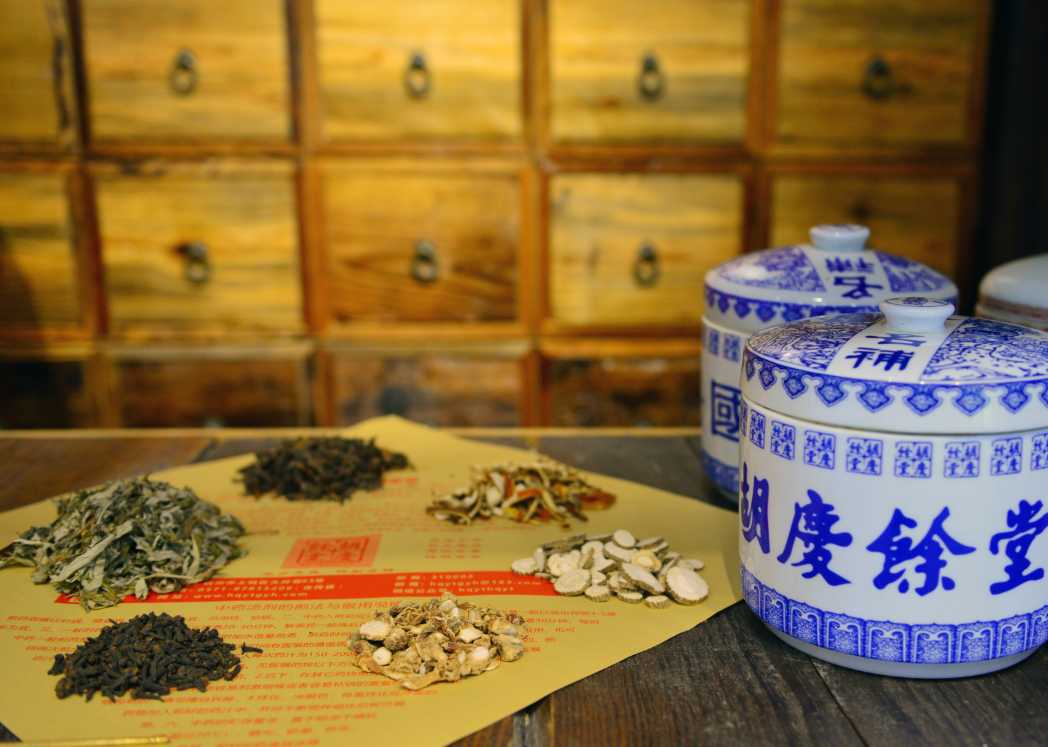
Photo by Mu Hudie
For example, an external invasion of Wind-Cold (Feng Han) is certainly a Cold Syndrome in TCM, with a primary symptom being “chills with fever”—feeling cold while having a fever. The chills are subjective, while the fever is an objective reality; the chills cannot be measured by a thermometer, but the fever can. This condition is now called a cold or upper respiratory infection, and the body temperature will certainly rise. If one were to judge this as a Heat Syndrome based on the thermometer, TCM would insist it is a Cold Syndrome due to the “chills”. If treated as a Heat Syndrome based on the elevated temperature, it would certainly lead to complications. Thus, the thermometer’s reading does not necessarily indicate TCM’s cold or heat.
Yin Deficiency Heat
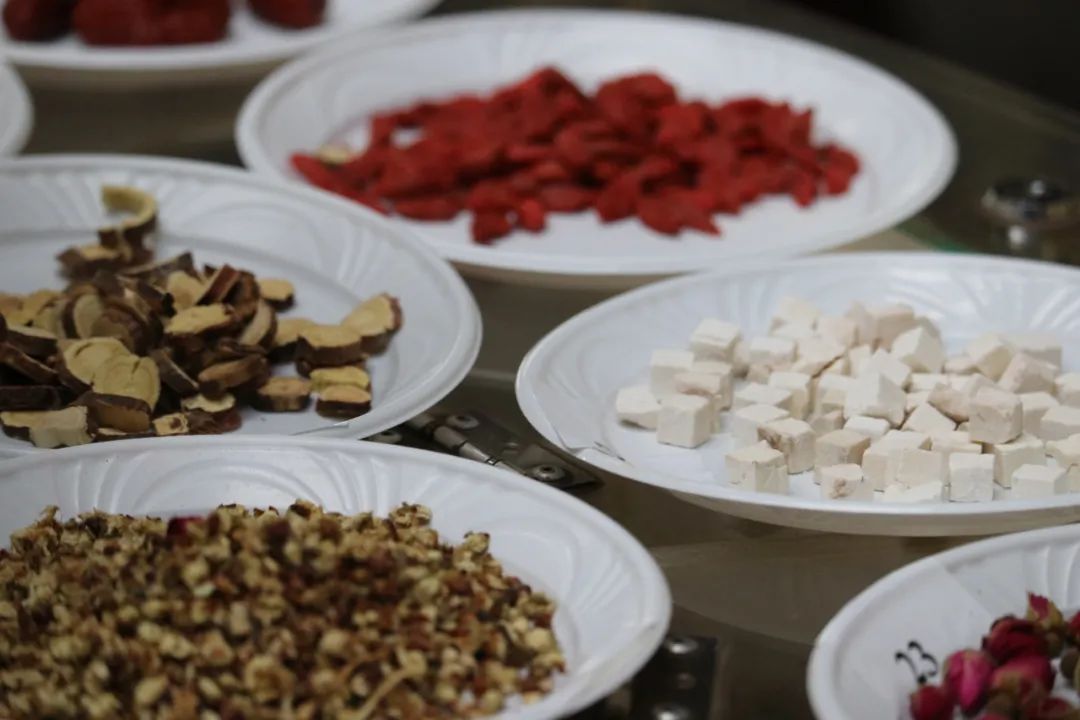
Photo by Jiang Linfeng
Speaking of Yin Deficiency Heat, it is a particularly distressing type of fever. It often manifests as “five hearts heat”—the palms of the hands, soles of the feet, and the heart area all feel hot, igniting five flames. It typically occurs in the afternoon, with heat peaking after 2 PM, feeling like a blazing sun overhead and a raging fire within, truly the greatest torment. The most unbearable aspect is the “bone steaming heat”, where the heat emanates from the bones, akin to being steamed in a steamer; the discomfort is unimaginable without personal experience, and the only fitting description is “living death”. TCM considers Yin Deficiency Heat to be severe, categorized as “internal injury heat”. However, if you consult that little glass tube, the body temperature is often not high, at most a slight low-grade fever. Other types of fever, such as Qi Deficiency Heat, Yang Deficiency Heat, and Blood Stasis Heat, also often do not show elevated body temperature, making the thermometer ineffective.
In summary, the cold and heat described in TCM do not necessarily refer to the actual body temperature, while the thermometer only measures warmth and coolness. Therefore, caution should be exercised when using it to determine cold and heat. TCM certainly values the use of the thermometer; having it is undoubtedly beneficial, but relying solely on it is absolutely insufficient. Ultimately, it still comes down to syndrome differentiation and treatment.
 Shi Yiqian
Shi Yiqian
Professor, Doctoral Supervisor, Chief TCM Physician
Engaged in TCM clinical practice, teaching, and research for over 40 years at Zhejiang Chinese Medical University and Zhejiang Provincial Hospital of Traditional Chinese Medicine, serving as Chief TCM Physician, Professor, and Doctoral Supervisor.Specializes in using classical TCM theories and formulas to treat:Acute and chronic bronchitis, chronic gastroenteritis, chronic hepatitis, cholecystitis, endocrine dysfunction, menstrual disorders, insomnia, iron deficiency anemia, thrombocytopenia, leukopenia, aplastic anemia, and sub-health conditions, as well as facial acne.
Consultation Hours
Second Clinic: Sunday morning (suspended)
Phone: 0571-87064619
Address: No. 49 Zhongshan Middle Road, Shangcheng District, Hangzhou
Third Clinic: Friday morning, Monday, Saturday, and Sunday afternoons
Phone: 0571-87886330
Address: No. 86 Dajing Lane, Shangcheng District, Hangzhou
Editor: Jiang Linfeng
Image and Text Layout: Jiang Linfeng
Revised by:Shi Yiqian Physician
Reviewed by: Bai Zhu, Sun Tie
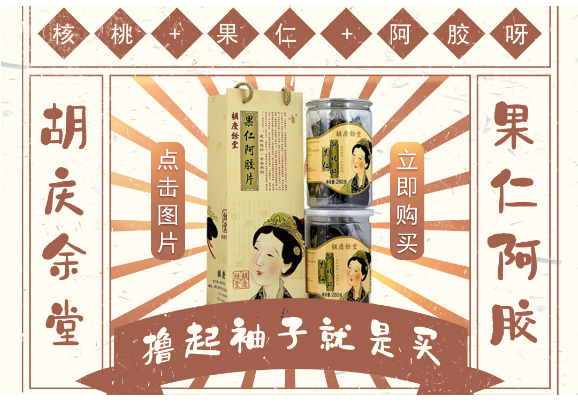 Distribution of Hu Qing Yu Tang Medical Clinic Network
Distribution of Hu Qing Yu Tang Medical Clinic Network

